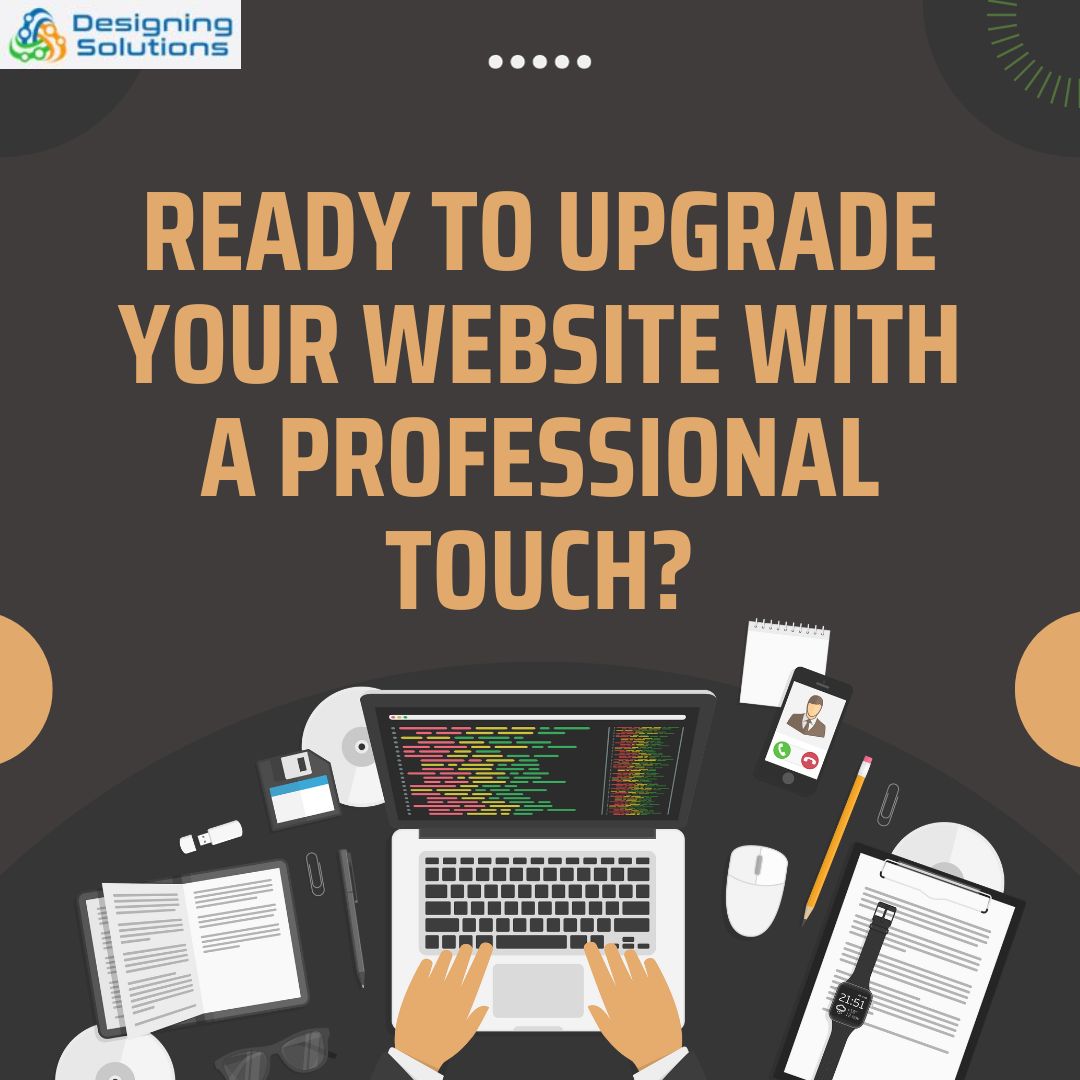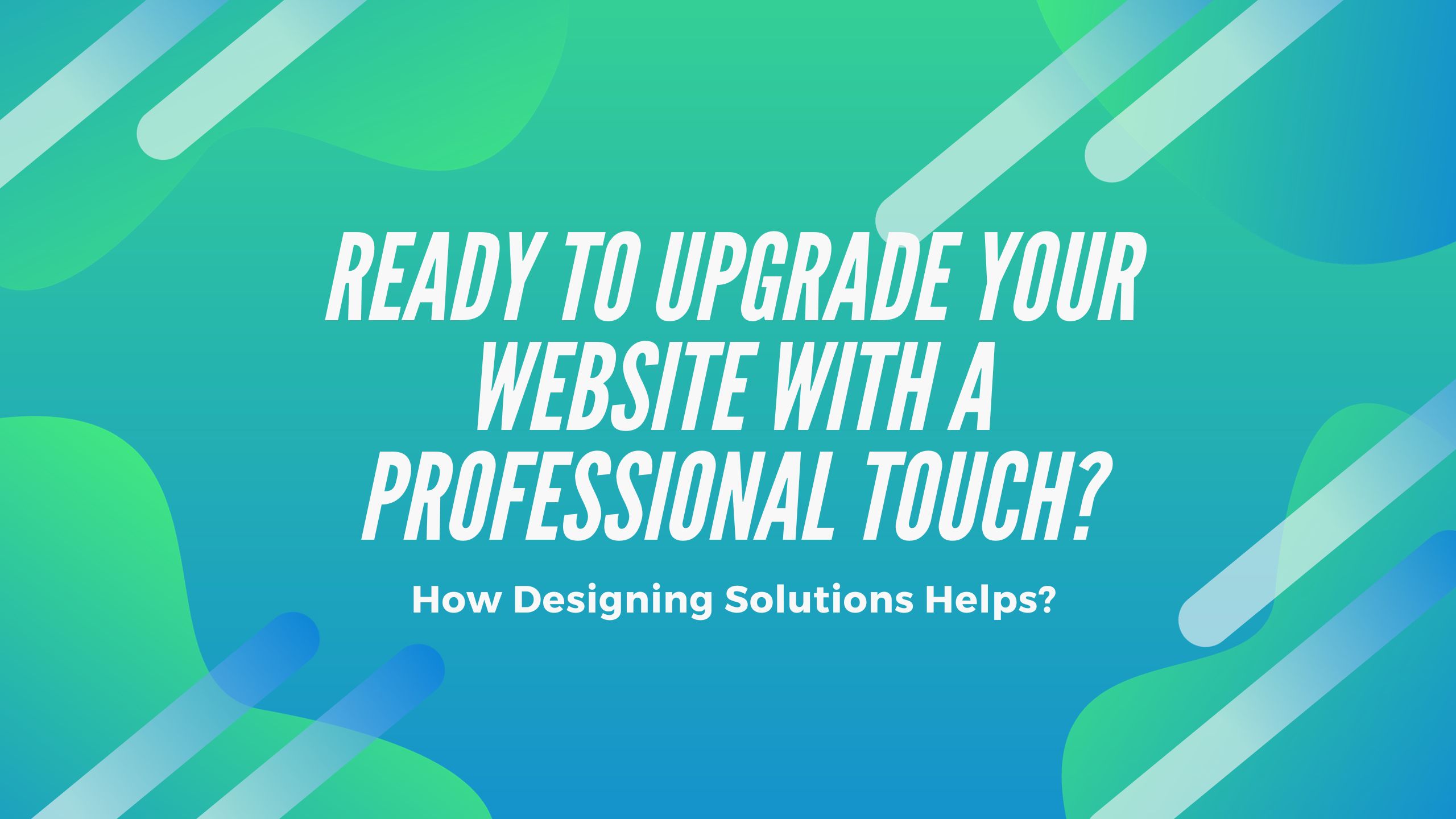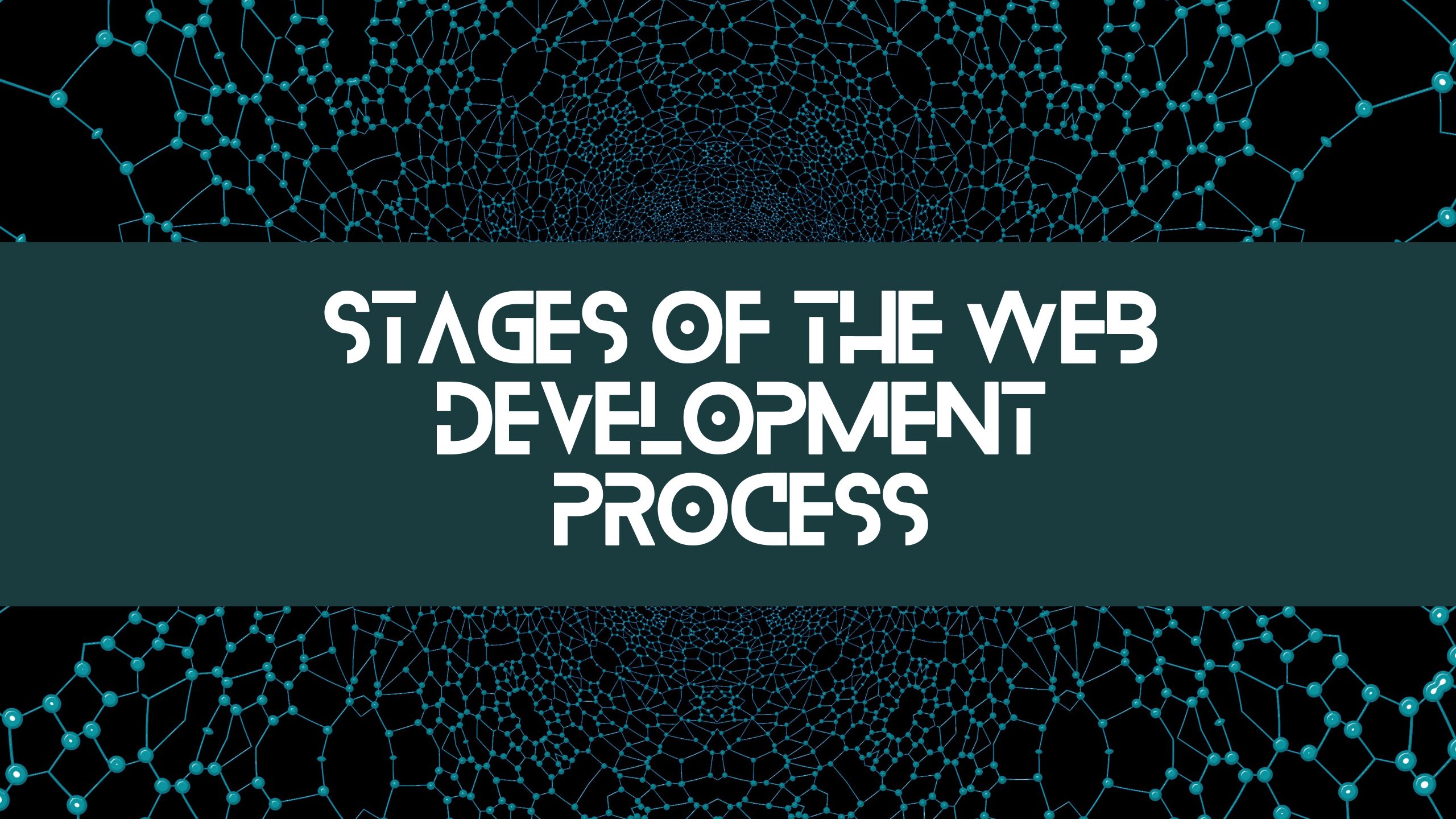Introduction
In today’s digital age, a website is more than just an online presence; it’s the cornerstone of your business’s identity and a crucial tool for attracting new customers, generating leads, and boosting sales. However, a poorly designed or outdated website can do more harm than good, deterring potential customers and hindering your business’s growth.
Introducing Designing Solutions, your one-stop shop for website development that transforms your online presence into a powerful business driver. Our team of skilled web designers and developers possesses the expertise and passion to craft websites that are not only visually stunning but also highly functional and effective in achieving your business goals.

How Designing Solutions Can Help You Achieve Your Website Development Goals
At Designing Solutions, we understand that every business is unique, with its own set of goals and target audience. That’s why we take a personalized approach to website development, working closely with you to understand your vision and create a website that truly represents your brand and resonates with your customers.
How we can help you achieve your website development goals
1. Modern and Professional Design: We’ll create a website that is visually appealing, user-friendly, and reflects your brand identity. Our designers will work closely with you to understand your vision and create a website that truly represents your business.
2. Enhanced User Experience (UX): We’ll ensure that your website is easy to navigate, provides a seamless user experience, and is accessible to all users. We’ll optimize your website for different devices and screen sizes, making it accessible to a wider audience.
3. Search Engine Optimization (SEO): We’ll implement effective SEO strategies to help your website rank higher in search engine results pages (SERPs). This will increase your website’s visibility and attract more organic traffic.
4. Lead Generation and Sales: We’ll design your website with conversion in mind. We’ll create clear calls to action and optimize your landing pages to encourage visitors to take action, whether it’s signing up for a newsletter, making a purchase, or contacting you for more information.
5. Responsive Design: We’ll ensure that your website adapts seamlessly to different screen sizes, whether it’s a desktop, tablet, or smartphone. This will provide a consistent and enjoyable user experience across all devices.
6. Cross-Browser Compatibility: We’ll ensure that your website looks and functions perfectly across all major web browsers. This will eliminate compatibility issues and ensure that your website is accessible to everyone.
7. Performance Optimization: We’ll optimize your website’s code and performance to ensure fast loading times and a smooth user experience. This will keep visitors engaged and improve your website’s overall performance.
8. Content Management System (CMS): We’ll provide you with a user-friendly CMS that allows you to easily update and manage your website’s content without needing to rely on a developer.
9. Ongoing Support: We’ll provide ongoing support to address any issues that may arise and ensure that your website remains up-to-date and performing at its best.
Partner with Designing Solutions for a Website Development Journey of Excellence
Designing Solutions is committed to providing you with a website development experience that exceeds your expectations. We’ll work tirelessly to understand your unique needs and goals, and together, we’ll create a website that truly elevates your online presence and drives your business forward.
Ready to transform your website with Designing Solutions? Contact us today for a free consultation and let’s get started on creating a website that truly works for your business.



